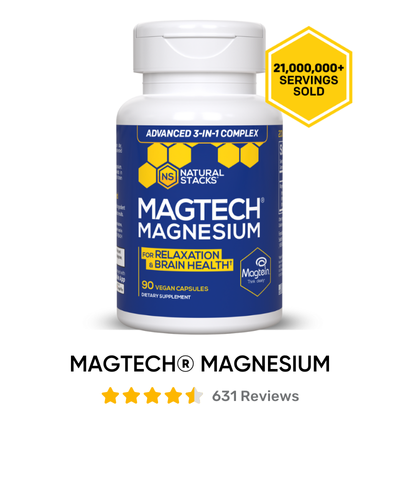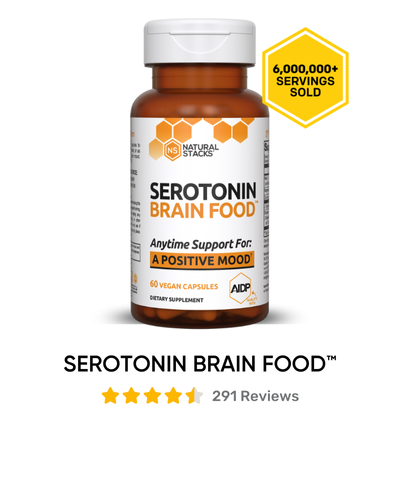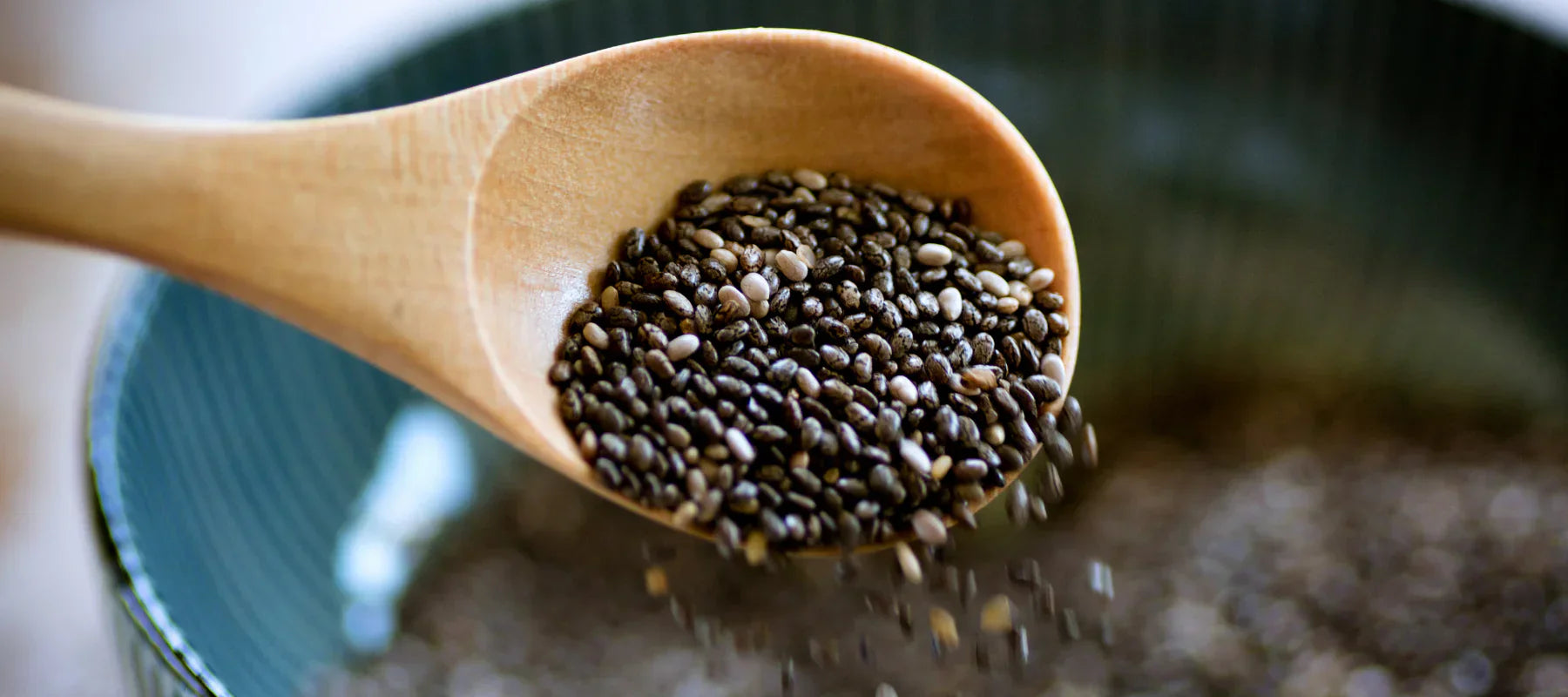Slow The Aging Process By Reducing Glycation

by Abelard Lindsay | @ciltep
The SENS research project, which is dedicated to curing the diseases of aging, lists seven distinct causes of damage to the body that lead to age-related diseases.
One of these mechanisms is the accumulation of advanced glycation end products (AGEs) [1] in the body.
Efforts to mitigate the effects of these compounds are referred to as GlycoSENS. AGEs are a class of biological compounds that are usually composed of a sugar bound to an amino acid via a reaction that does not involve an enzyme.
These AGEs can easily bind to proteins such as collagen to cause tissues to become rigid and inflexible [2]. These links are called extracellular glycation crosslinks. Proliferation of these crosslinks in human tissue leads to skin wrinkles [3], hardened arteries [4] and reduced function in most major organs, including the kidneys [5] and the brain [6].
Another major way that AGEs cause damage is by activation of the RAGE receptor which causes a cascade of negative health effects as the body’s response to advanced glycation end products causes its own set of problems including increased inflammation and kidney dysfunction [7,8].
There are three strategies to deal with advanced glycation end-products.
- The first major way is to prevent their formation and introduction into the body via dietary and other interventions.
- The second way to mitigate their effects is by preventing the over activation of the RAGE receptor by AGEs.
- The third way is to attempt to reverse the effects of advanced glycation end-products with so-called “AGE-breaker” drugs that dissolve these extracellular crosslinks thus possibly causing an anti-aging effect whereby tissues regain some of the function they had previously lost due to excessive crosslinks.
Where do Advanced Glycation End Products Come From?
There are two main routes by which AGEs are introduced into the body:
The first way they get created is by sugars binding non-enzymatically to amino acids. This tends to be a greater problem for diabetics and those with excess sugar intake though there is some controversy as to how excessive AGE buildup contributes to the pathogenesis of diabetes and vice versa [9,10].
The other way they get created is through the diet. Certain foods and cooking techniques tend to generate large amounts of advanced glycation end-products.
Studies have suggested that reducing advanced glycation end-products in food can improve insulin resistance and prevent the suppression of the protective effects of the genes SIRT1 and AGER1 [11].
Investigating and applying techniques to minimize these two methods of introduction of advanced glycation end-products into the body could prove fruitful in minimizing their effects. In experiments, ingestion of AGEs such as carboxymethyllysine (CML) in high amounts has been shown to cause damage to the liver and kidneys in animal models.
These deleterious effects occur without an increase in blood glucose levels [12].
Foods that are high in AGEs include roasted, fried, sauteed and barbecued meats, nuts and even tofu. Boiling, steaming poaching and microwaving were cooking methods that created lower amounts of AGEs in most foods [13].
See the study “Advanced glycation end products in foods and a practical guide to their reduction in the diet”, which is linked to in the footnotes, for a full list of AGE contents in a large number of foods.
It’s important to keep in mind that the method of cooking has a significant impact on the AGE content of the food.
Inhibition of the RAGE receptor has been studied as a way of combatting the negative effects of advanced glycation end products once they enter the body. One of the possible drugs that has been looked into for mitigating RAGE receptor activation is the anti-diabetes drug metformin.
In studies, metformin reduced the damaging effects of AGEs by downregulating expression of the RAGE [14] receptor. The experimental drug FPS-ZM1 [15] blocked RAGE receptors in the brains of monkeys and thus purportedly inhibited the build up of alzheimer's related plaques.
AGE breakers, which reverse damage already caused by advanced glycation end products include vitamins B6 and B1 and benfotiamine, B1’s more active synthetic derivative.
The prescription drug candidate alagebrium [16] was also investigated as an AGE-breaker but never came to market.
Several studies have supported the possible use of carnosine, aminoguanadine and folic acid as effective compounds for mitigating AGE damage [17]. Will low AGE diets and AGE reversing or mitigating supplements become the next health trend? Studies would suggest that they might lead to healthier aging.
Interestingly enough, calorie restriction, a well known anti-aging diet strategy, implicitly reduces the AGEs in the diet by virtue of the fact that a calorie restricted dieter consumes less food and thus fewer exogenous AGEs [18].
With more studies being published that links ingested AGEs to insulin resistance and other health problems, there could be more enthusiasm for anti-AGE nutritional strategies in the future.
Additional posts by Abelard Lindsay (@ciltep):
- Exploring the MAPK/ERK pathway for Long-Term Memory Enhancement
- The Nootropic Why
- Acetyl-L-Carnitine Exploring Its Cognitive and LTP Related Effects
- Magnesium L-Threonate Can Improve Brain Function and LTP
- CILTEP and Racetams: Evidence for a theory of complementary mechanisms of action
- Some Health Benefits of Resveratrol Could Theoretically Apply to CILTEP
- Assembling the Acetylcholine Puzzle Part 1
Resources:
- http://www.sens.org/research/introduction-to-sens-research/extracellular-crosslinks
- Gautieri A, Redaelli A, Buehler MJ, Vesentini S. Age- and diabetes-related nonenzymatic crosslinks in collagen fibrils: candidate amino acids involved in Advanced Glycation End-products. Matrix Biol. 2014;34:89-95. PMID 24060753
- Gkogkolou P, Böhm M. Advanced glycation end products: Key players in skin aging?. Dermatoendocrinol. 2012;4(3):259-70. PMID 23467327
- Vasdev S, Gill V, Singal P. Role of advanced glycation end products in hypertension and atherosclerosis: therapeutic implications. Cell Biochem Biophys. 2007;49(1):48-63.PMID 17873339
- Daroux M, Prévost G, Maillard-lefebvre H, et al. Advanced glycation end-products: implications for diabetic and non-diabetic nephropathies. Diabetes Metab. 2010;36(1):1-10.PMID 19932633
- Spauwen PJ, Van eupen MG, Köhler S, et al. Associations of advanced glycation endproducts with cognitive functions in individuals with and without type 2 diabetes. J Clin Endocrinol Metab. 2014;:jc20142754.PMID 25459912
- Bierhaus A, Humpert PM, Morcos M, et al. Understanding RAGE, the receptor for advanced glycation end products. J Mol Med. 2005;83(11):876-86.PMID 16133426
- Xie J, Méndez JD, Méndez-valenzuela V, Aguilar-hernández MM. Cellular signalling of the receptor for advanced glycation end products (RAGE). Cell Signal. 2013;25(11):2185-97.PMID 23838007
- Chilelli NC, Burlina S, Lapolla A. AGEs, rather than hyperglycemia, are responsible for microvascular complications in diabetes: a "glycoxidation-centric" point of view. Nutr Metab Cardiovasc Dis. 2013;23(10):913-9. PMID 23786818
- Vlassara H, Uribarri J. Advanced glycation end products (AGE) and diabetes: cause, effect, or both?. Curr Diab Rep. 2014;14(1):453. PMID 24292971
- Uribarri J, Cai W, Ramdas M, et al. Restriction of advanced glycation end products improves insulin resistance in human type 2 diabetes: potential role of AGER1 and SIRT1. Diabetes Care. 2011;34(7):1610-6. PMID 21709297
- Li M, Zeng M, He Z, et al. Increased Accumulation of Protein-bound N(ε)-(carboxymethyl)lysine in Tissues of Healthy Rats after Chronic Oral N(ε)-(carboxymethyl)lysine. J Agric Food Chem. 2015; PMID 25611617
- Uribarri J, Woodruff S, Goodman S, et al. Advanced glycation end products in foods and a practical guide to their reduction in the diet. J Am Diet Assoc. 2010;110(6):911-16.e12. PMID 20497781
- Ishibashi Y, Matsui T, Takeuchi M, Yamagishi S. Metformin inhibits advanced glycation end products (AGEs)-induced renal tubular cell injury by suppressing reactive oxygen species generation via reducing receptor for AGEs (RAGE) expression. Horm Metab Res. 2012;44(12):891-5. PMID 22864903
- Deane R, Singh I, Sagare AP, et al. A multimodal RAGE-specific inhibitor reduces amyloid β-mediated brain disorder in a mouse model of Alzheimer disease. J Clin Invest. 2012;122(4):1377-92. PMID 22406537
- Engelen L, Stehouwer CD, Schalkwijk CG. Current therapeutic interventions in the glycation pathway: evidence from clinical studies. Diabetes Obes Metab. 2013;15(8):677-89. PMID 23279611
- Pepper ED, Farrell MJ, Nord G, Finkel SE. Antiglycation effects of carnosine and other compounds on the long-term survival of Escherichia coli. Appl Environ Microbiol. 2010;76(24):7925-30. PMID PMID20952637
- Cai W, He JC, Zhu L, et al. Oral glycotoxins determine the effects of calorie restriction on oxidant stress, age-related diseases, and lifespan. Am J Pathol. 2008;173(2):327-36. PMID 18599606











